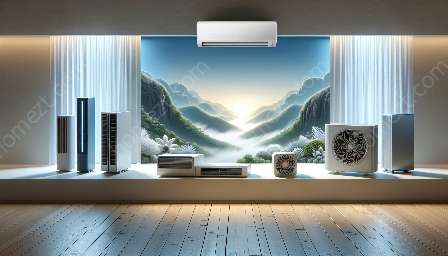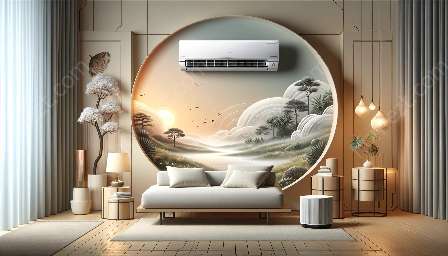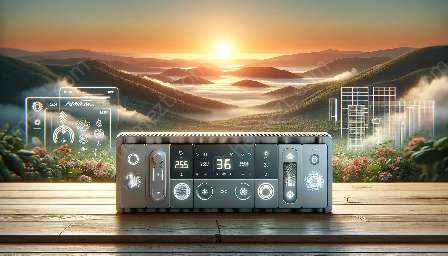Air conditioners play a crucial role in maintaining indoor comfort, and their ability to control humidity is a significant factor in their overall performance. In this comprehensive guide, we’ll explore the importance of humidity control in air conditioners, the impact of humidity on air quality and comfort, as well as the methods and technologies used for effective humidity control.
The Importance of Humidity Control
Humidity refers to the amount of moisture present in the air, and it plays a vital role in indoor air quality and comfort. High humidity levels can lead to a range of issues, including dampness, mold growth, and discomfort, while low humidity can cause dryness and irritate respiratory passages. Proper humidity control is essential for ensuring a healthy and comfortable indoor environment.
Impact on Air Quality
Humidity levels significantly impact indoor air quality. High humidity can create a breeding ground for mold, bacteria, and other allergens, leading to poor air quality and potential health concerns. On the other hand, low humidity can dry out mucous membranes and exacerbate respiratory conditions. Air conditioners with effective humidity control systems help maintain optimal humidity levels, contributing to improved air quality.
Impact on Comfort
Humidity also affects perceived comfort levels. High humidity can make the air feel heavy and stifling, while low humidity can cause discomfort due to dryness. Proper humidity control in air conditioners helps regulate moisture levels, creating a more comfortable indoor environment for occupants.
Methods for Humidity Control
Dehumidification
Dehumidification is a common method used in air conditioners to reduce moisture levels in the air. This process involves cooling the air to condense and remove excess moisture, which is then collected and drained away. Dehumidification is essential in humid climates and during the summer months when moisture levels are high.
Humidification
In certain instances, air conditioners may also incorporate humidification systems to increase moisture levels in the air. This is particularly beneficial in dry climates or during the winter when indoor air can become excessively dry. Humidification systems add moisture to the air, enhancing comfort and preventing issues associated with low humidity.
Technologies for Humidity Control
Variable Refrigerant Flow (VRF)
VRF systems offer precise control over temperature and humidity levels. These systems are capable of modulating refrigerant flow, allowing for better humidity control compared to traditional air conditioning systems. VRF technology can adapt to varying load conditions, providing efficient and effective humidity management.
Advanced Controls
Modern air conditioners often feature advanced control systems that incorporate humidity sensors. These sensors enable the air conditioner to monitor and adjust humidity levels based on preset parameters, ensuring optimal comfort and energy efficiency. Advanced controls also allow for customized humidity settings to cater to specific preferences and requirements.
Conclusion
Humidity control is a critical aspect of air conditioning, influencing both air quality and comfort. By understanding the importance of humidity control and the available methods and technologies, individuals and businesses can make informed decisions when selecting air conditioners that effectively manage humidity levels, providing a healthier and more comfortable indoor environment.

























